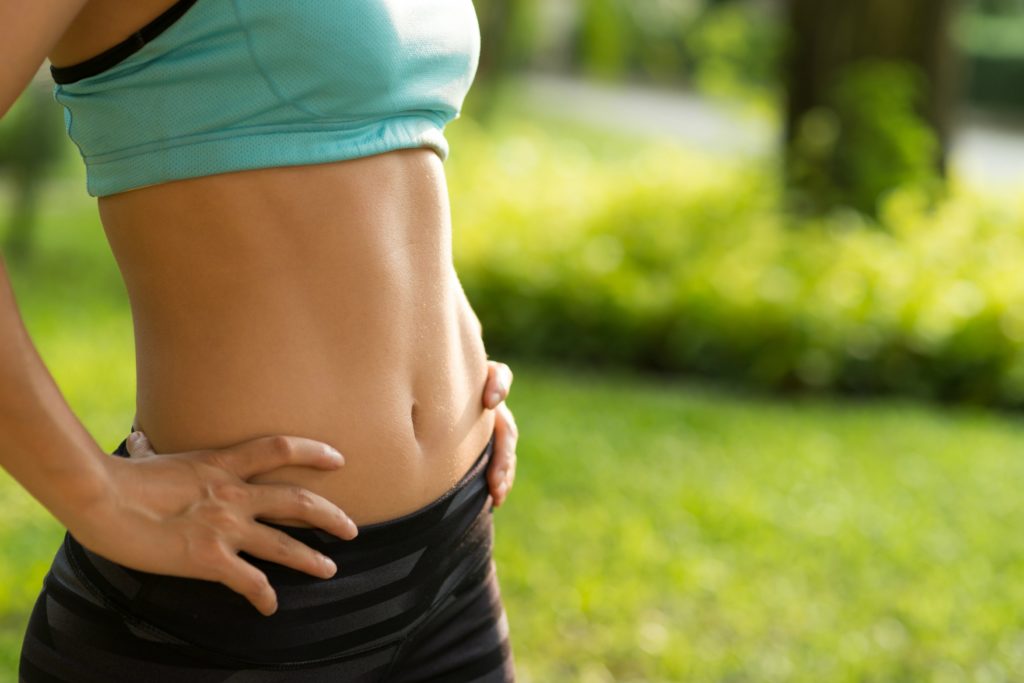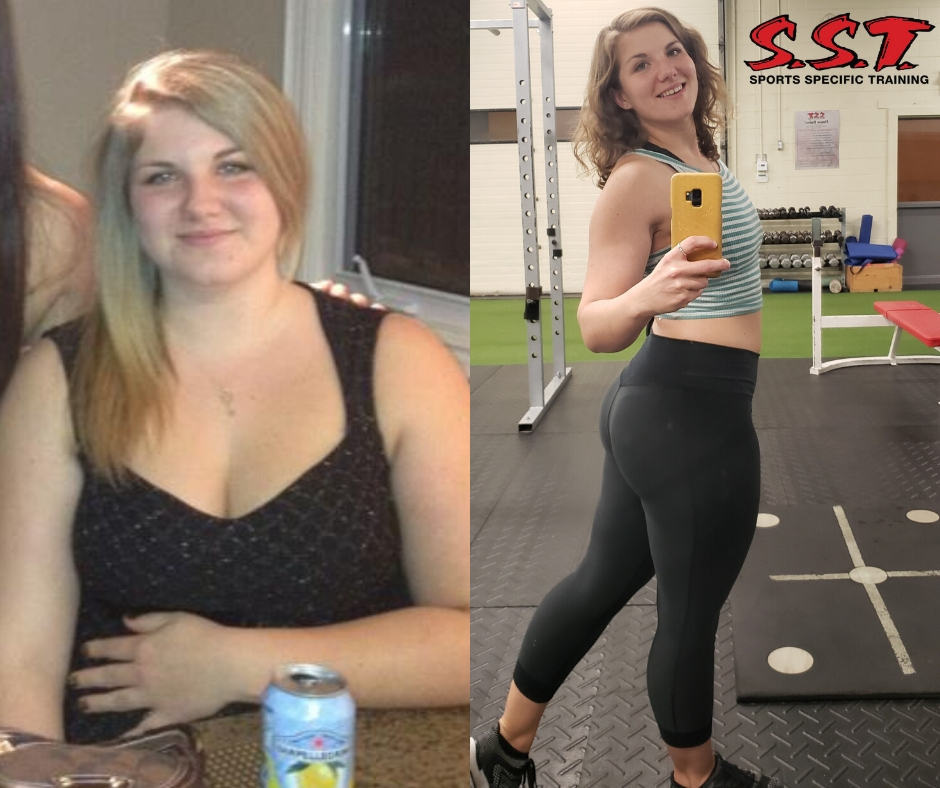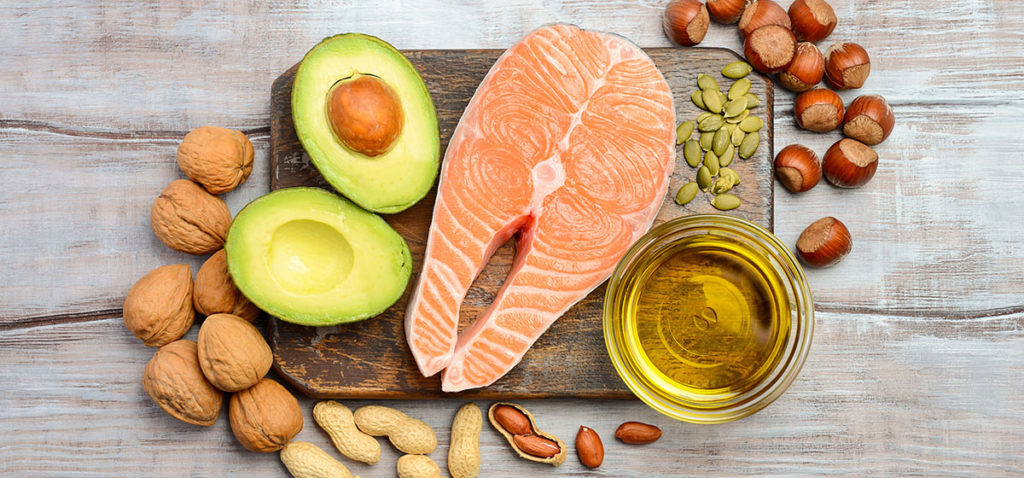
This is the time of year everyone has given up on their resolution. As many of you know I am not big believer of this and offer specials etc. Why? It takes 30 days to form a habit and 80% will fail. One of main reasons is that people like to be accountable to someone (I will have more on this later)
Tip 1
Can’t eat after 7pm
and not again till noon the next day
Why is this important- 2 reasons:
1. Intermittent fasting (IF) works- I believe we as a
society indulge too much – right or wrong.
I am not saying that you can’t indulge but I inform my clients that they
can indulge 20% of the time.
Some of the benefits of IF include:
- Improves insulin sensitivity.
- The
body becomes more sensitive to the effects of insulin… less insulin secretion
per meal… lower blood glucose and insulin levels!
- The
- Promotes autophagy.
- Regular
bodily process where damaged, old, and dysfunctional proteins are consumed by
the body. Think of renovating your
kitchen, you need to tear away all the old culverts before installing new ones!
- Regular

- Elevates Growth Hormone production.
- GH
is very important hormone for body composition, because it releases stored fat
and preserves muscle during fasting.
- GH
- Reduced systemic inflammation
- Inflammation occurs in the body
after exposure to a variety of stimuli, including viruses, injury, certain
foods, and even exercise. Chronic inflammation is a precursor to
atherosclerosis, cardiovascular disease, and other harmful diseases

A great
method when using IF is too fast for 24 hours once per week- doing this will
melt that body fat!
Tip 2- Increase GH levels
Another
reason I firmly believe that you need to stop eating at 7pm for reason #3-
Increased Growth hormone (GH) production.
Elevated GH production burns body fat!
The best methods to increase GH are thru intermittent fasting, sleep and
strength training! If you are having a
hard time sleeping maybe review your eating habits at night- any sugar
consumption late at night STOPS GH production!
Tip 3- SLEEP!
A long term study (16 Years!) of more than 68,000 women
found those who slept less than 5 hours per night were significantly more
likely to gain weight than those who slept 7 hours or more per night. In fact,
the women who slept less than 5 hours per night gained 30 or more pounds over
the course of the 16-year study period
Sleep is so important
for increased GH production and decreased cortisol levels. We have already discussed the importance of
increased GH levels. Lack of sleep increases
cortisol production as it is a major stressor on your body. An increased level of Cortisol has a direct correlation
with storage of abdominal fat. I have
some bads news for Women who already have bigger midsection – they tend to produce
more cortisol. SORRY!!
As we mentioned in the intro – Goals are better achieved with accountability. Especially, with Nutrition and fitness.

Looking to lose fat?
Personal Training Challenge









